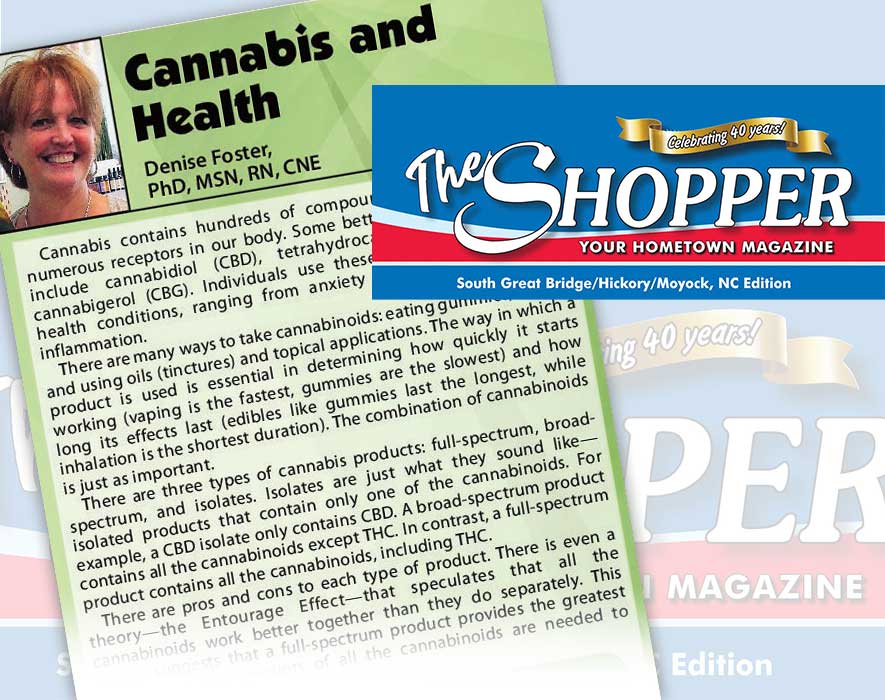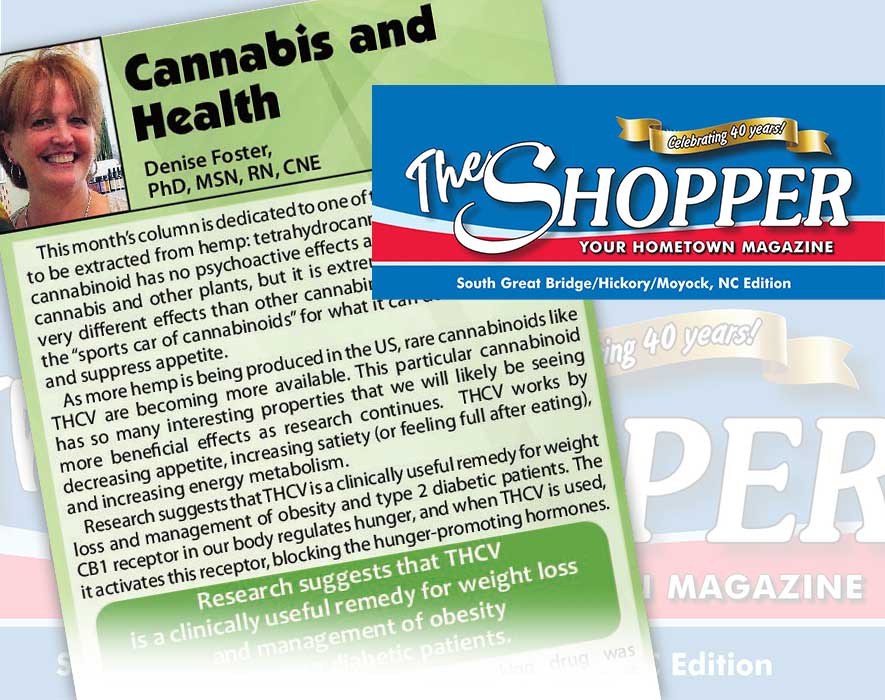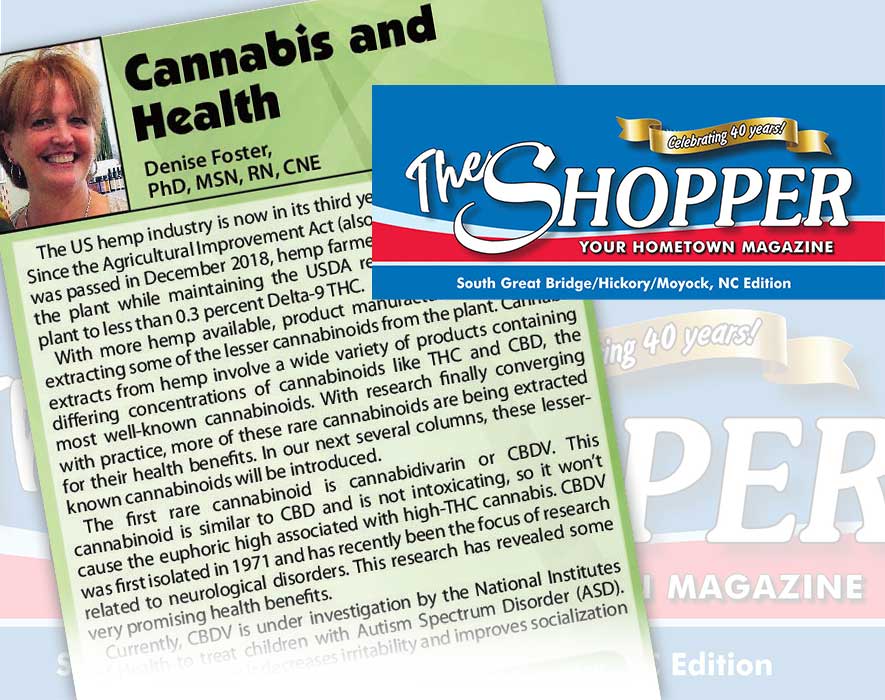
- Cannabis
-
by Denise Foster
Cannabis contains hundreds of compounds that interact with numerous receptors in our body. Some better-known cannabinoids include cannabidiol (CBD), tetrahydrocannabinol (THC), and cannabigerol (CBG). Individuals use these compounds for many health conditions, ranging from anxiety and sleep to pain and inflammation.
There are many ways to take cannabinoids: eating gummies, vaping, and using oils (tinctures) and topical applications. The way in which a product is used is essential in determining how quickly it starts working (vaping is the fastest, gummies are the slowest) and how long its effects last (edibles like gummies last the longest, while inhalation is the shortest duration). The combination of cannabinoids is just as important.
There are three types of cannabis products: full-spectrum, broad-spectrum, and isolates. Isolates are just what they sound like— isolated products that contain only one of the cannabinoids. For example, a CBD isolate only contains CBD. A broad-spectrum product contains all the cannabinoids except THC. In contrast, a full-spectrum product contains all the cannabinoids, including THC.
There are pros and cons to each type of product. There is even a theory—the Entourage Effect—that speculates that all the cannabinoids work better together than they do separately. This theory suggests that a full-spectrum product provides the greatest benefits, as tiny amounts of all the cannabinoids are needed to achieve their full effects.
There is one drawback to having THC in a full-spectrum product—drug tests. Even this low level of THC could potentially produce a positive drug test.
The Agricultural Improvement Act of 2018, also known as the Farm Bill, limited the amount of THC in hemp to 0.3 percent or less. There is currently legislation before Congress to increase this limit to one percent; this will help hemp farmers who may find that their crop tests above 0.3 percent. In contrast, THC in medical marijuana is 10 percent, while THC in recreational marijuana can be 35 percent or higher. When using a 30 mg serving of CBD from a full-spectrum product, the amount of THC is about 0.09 mg at most. This is not enough to get someone ‘high’ or ‘stoned.’
There is one drawback to having THC in a full-spectrum product— drug tests. Even this low level of THC could potentially produce a positive drug test. Someone whose job depends on a negative drug test should avoid using a full-spectrum product. For these individuals, a broad-spectrum product will provide the same type of benefits.
All trustworthy CBD vendors will provide independent, third-party lab results that list all the cannabinoids present in the product. When buying CBD, it’s important to know what is in the product and verify that it actually does not contain any THC if it is advertised as broad-spectrum.

